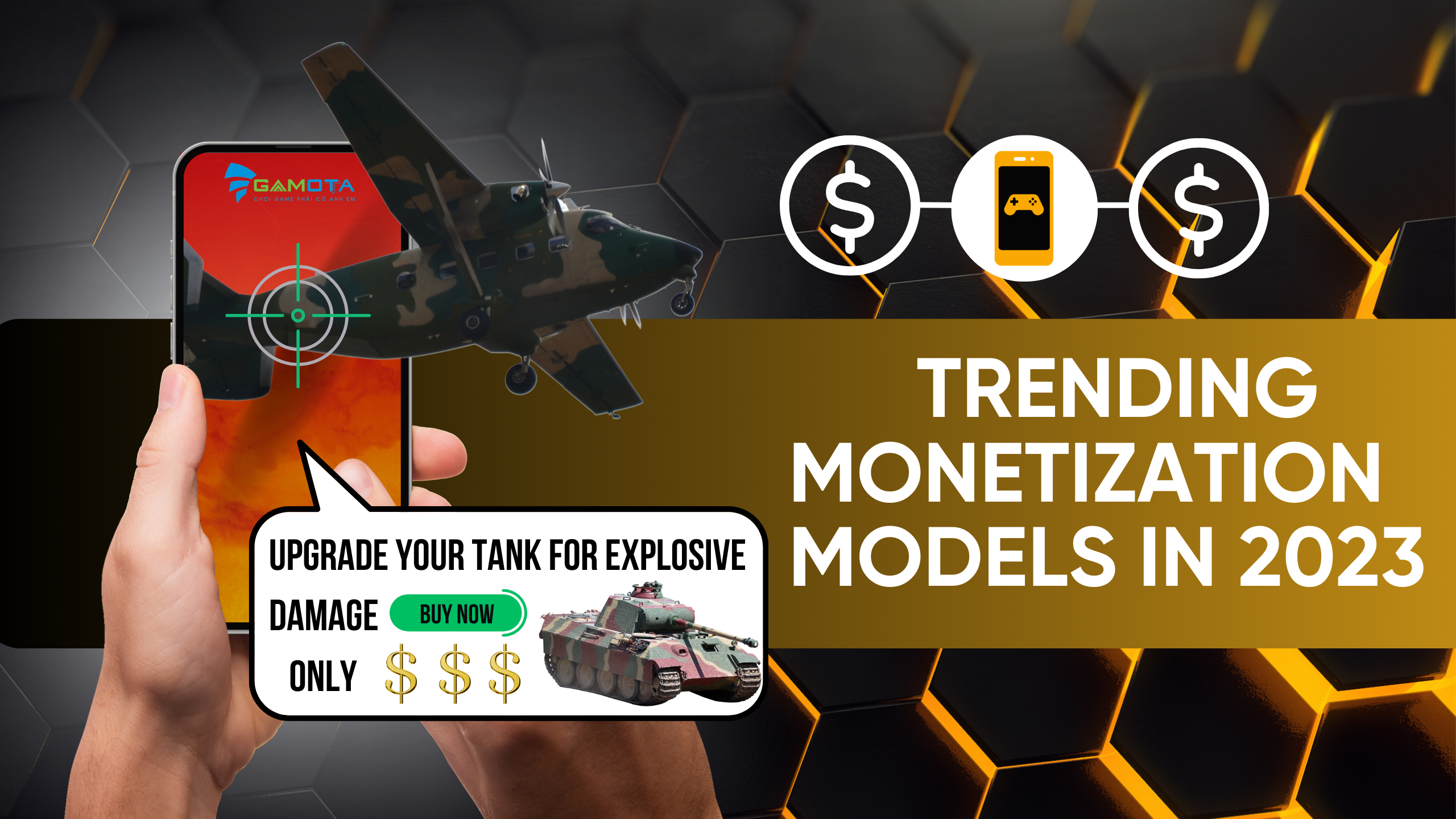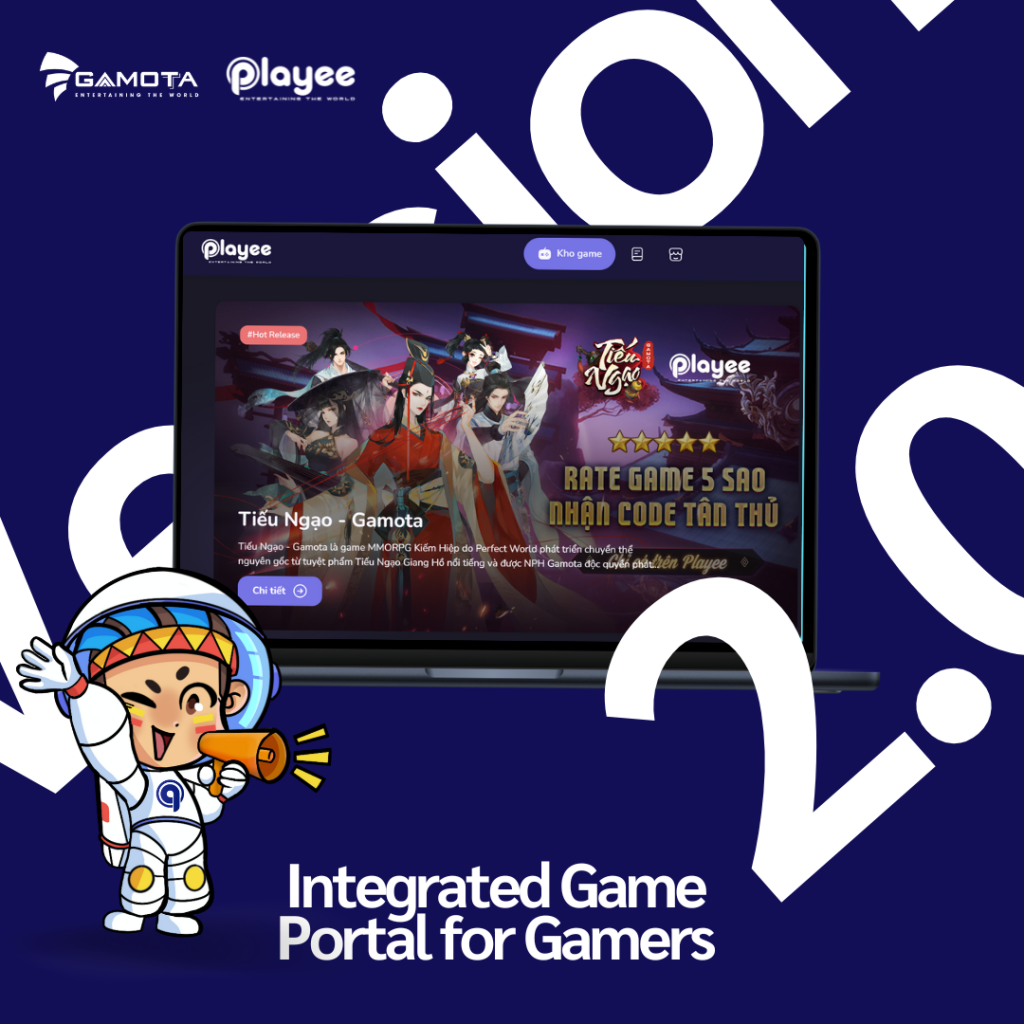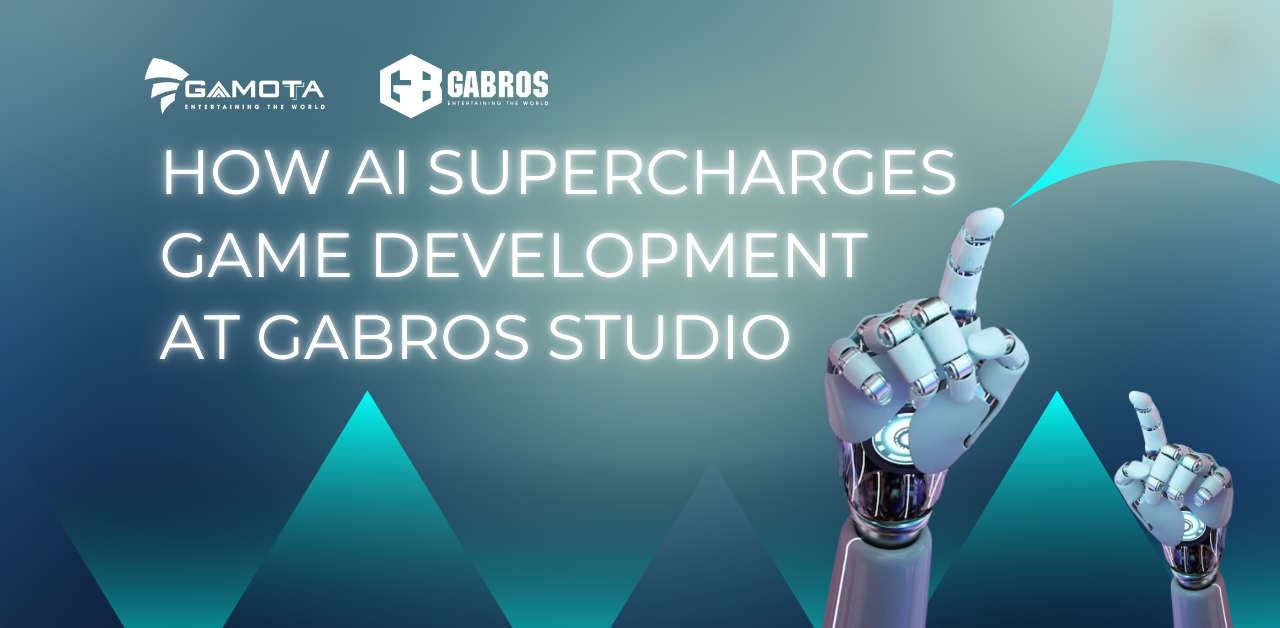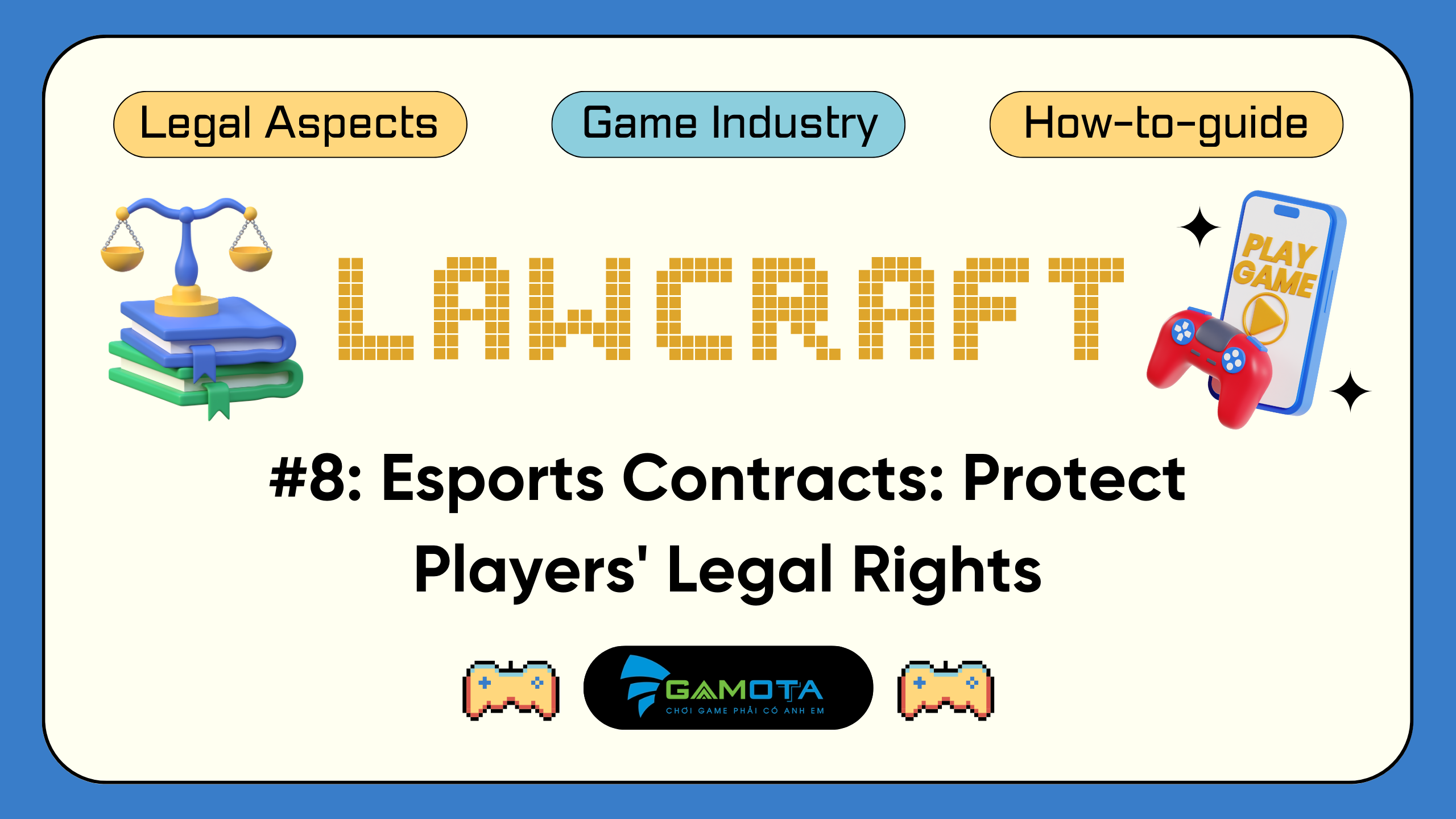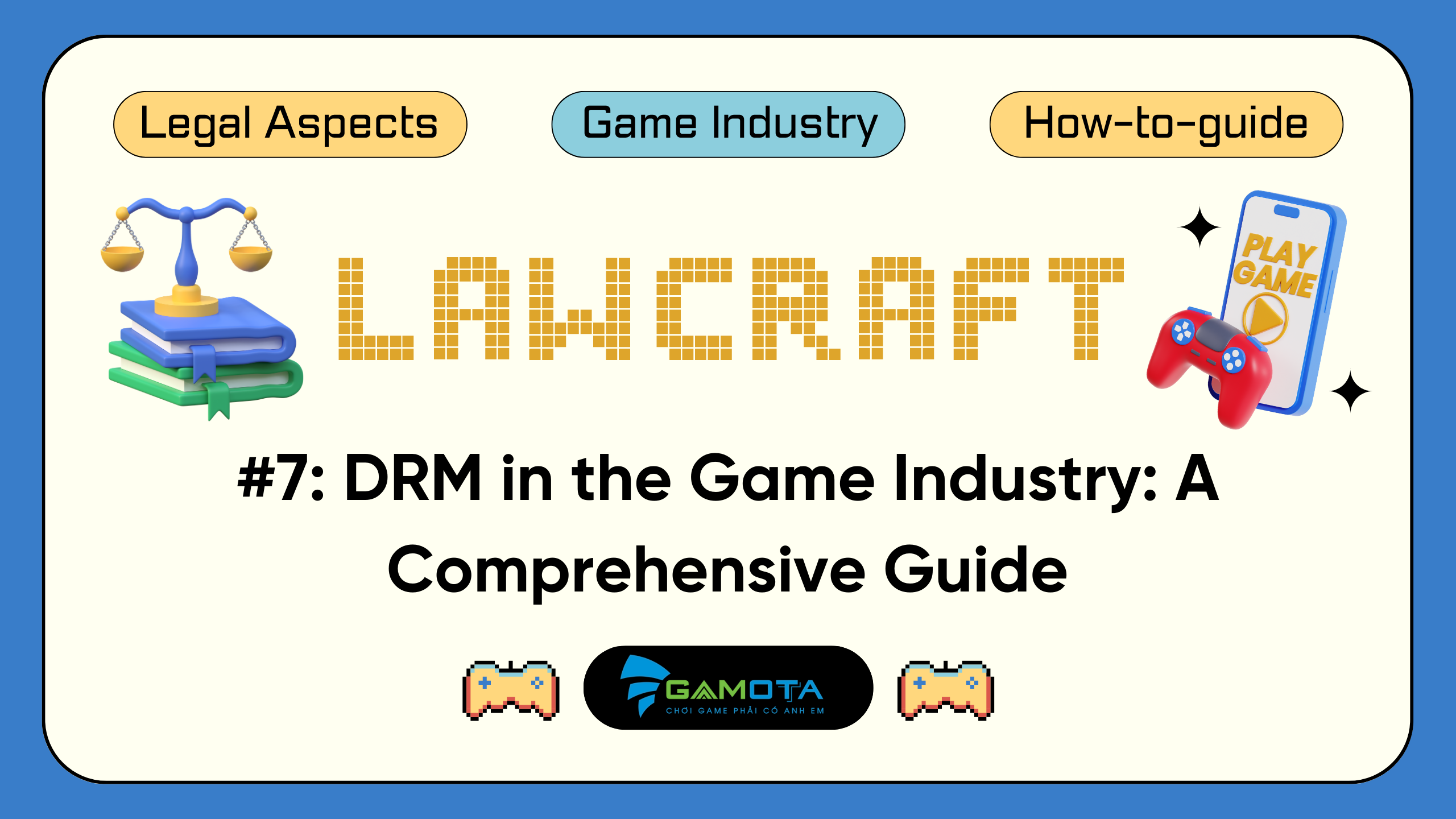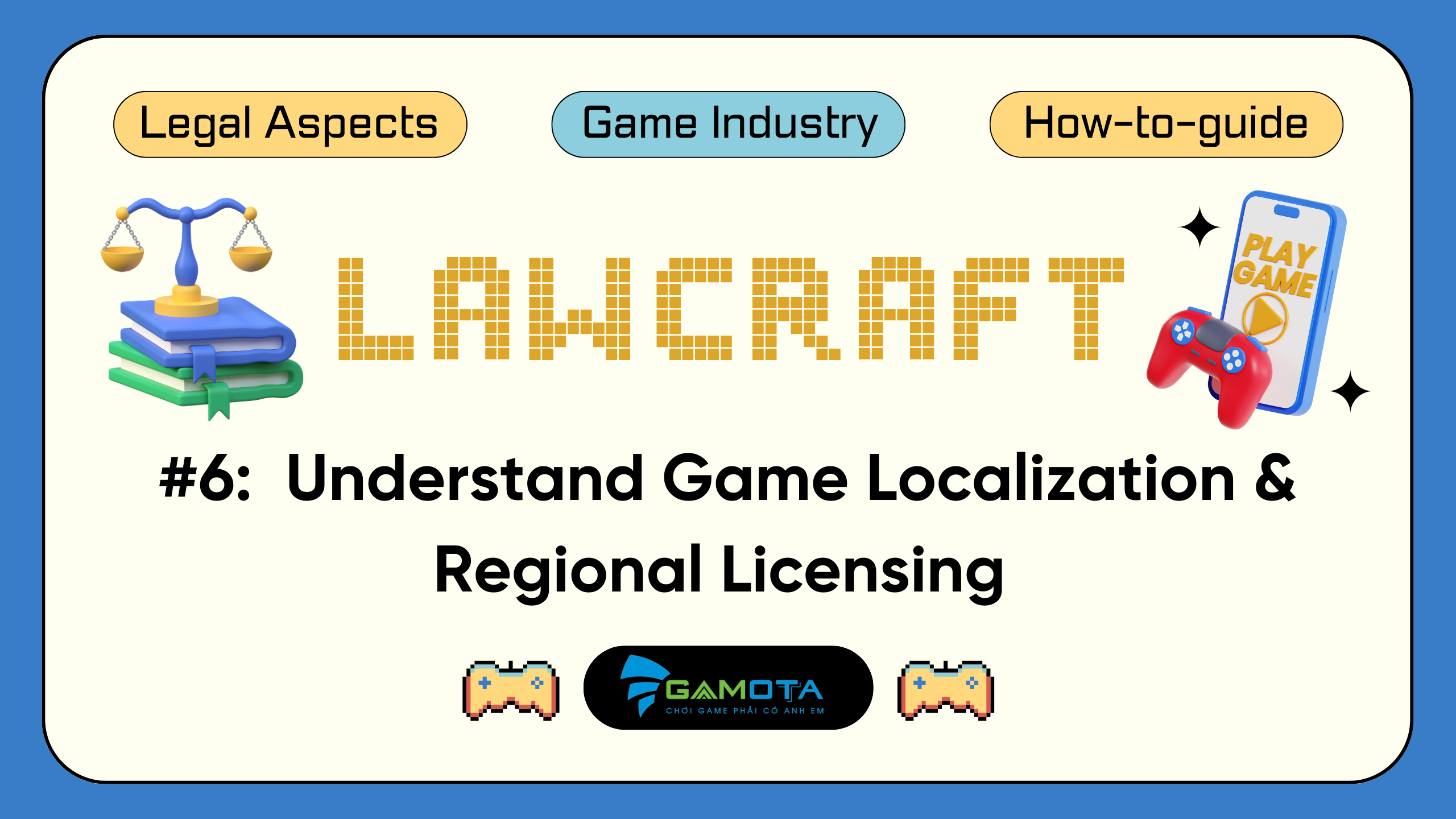In the ever-evolving landscape of mobile games, keeping yourself updated with the most recent monetization models and trends is important for success. As we look into the year 2023, some effective monetization models have risen, enabling game developers to generate income while keeping players engaged and satisfied. So stick with us as this comprehensive article will explore the trending mobile game monetization models in 2023
1. Insights from Unity’s Blog – “The 2023 Mobile Growth and Monetization Report”
The “2023 Mobile Growth and Monetization Report” from Unity Blog provides useful insights into industry trends and game growth strategies. The report covers different perspectives, incorporating working on in-app purchases (IAP) conversions, refining in-app advertising (IAA) with better placements and rewards, increasing revenue and retention with offerwalls, and utilizing the advantages of classification (genre) or country targeting on and custom store pages.
2. What is Mobile Game monetization?
Monetizing a mobile game includes methods and strategies to generate revenue from the game. With various ways of accomplishing this, picking the right monetization model is a basic part of the game development process. So, developers should consider how their picked model aligns with the game’s mechanics and user experience.
3. Choosing the Right Monetization Model During the Planning Phase
Careful planning during the early stages of development is the foundation for successful mobile game monetization. Choosing the essential monetization model shapes the game’s design and layout, affecting player engagement and revenue generation. Additionally, developers can evaluate the success of their strategy by setting and tracking monetization key performance indicators (KPIs) from the beginning.
In-App Ads – Balance is Crucial for Ideal User Experience
In-app ads stay a stable monetization model in 2023. Developers can offer games free of charge, while players experience in-game targeted ads. To guarantee a positive user experience, developers should balance the number and quality of ads to prevent interference.
Read More: 7 Tips for Increasing In-App Ads Revenue
– Rewarded Ads – An Effective Ad Format
Rewarded video ads, one of the best ad formats in 2023, enable users to watch advertisements in return for in-app rewards. Players respond favorably to these ads, which have high rates of engagement.
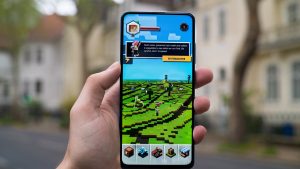
– Playable Ads, Enticing Users with Game Demos.
Playable ads (Gamified Ads) mean gamers can experience game demos before deciding to download. They incorporate interactive elements into ads, giving players a basic perspective of how the game works. This ad format has proven to increase conversion rates and user retention. Game developers can harness their interactive features to draw engagement from gamers. Who’s not gonna like a free trial before making a decision, right?
In-App Purchases – Proving Gamers with Levelling-Up Options
Gamers can purchase special items, virtual goods, or currency within the game. This model allows developers to offer free gameplay while giving the opportunity to players to improve their gaming experience via commercial purchases of in-game items; thus game developers should create a compelling hook (such as characters’ skins, rare items, or exclusive products) to create a “Buy more” phenomenon
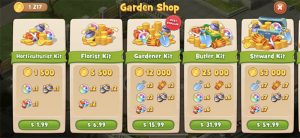
In-game currency and virtual products empower players to customize their gaming experience by purchasing things and upgrading gameplay. Offering a range of virtual products can drive commitment and urge players to invest in the game.
Subscription Models – Making a Continuous Revenue Stream
Subscription models give players access to exclusive content and incentives for a monthly fee. By offering subscriptions, developers can create a consistent revenue stream and drive a sense of loyalty among subscribers.

(Source: The business of social games and casino)
Time-Limited Events and Special Offers – Creating a Sense of Urgency
Time-limited events and special offers foster a sense of urgency among players, simulating them to get action and take advantage of exclusive deals and rewards. These time-limited events can boost players player activity and revenue during specific periods.

We suggest seeking sponsorships or brand partnerships when launching upcoming events as this can drive more awareness and a unique experience for gamers. For instance, Onmyoji Arena of game industry giant – Netease, collaborates with many external brands such as Bleach Anime, Demon Slayer Anime, or Sanrio to create absolutely appealing events for gamers. The partnerships allow brands or developers to cross-promote each other products and services, leading to increase user acquisition and game reach
User-Generated Content and Building a Devoted Fanbase
Encouraging user-generated content and building community commitment can make a devoted fanbase around the game. This unwavering community is bound to support the game through in-app purchases and other monetization models. They can even exert their influence externally through mass referrals. If your game is good enough, and the game developer team is industrious and devoted enough, there is no reason why gamers won’t express their loyalty and support to their beloved games.

Data monetization – Utilizing Insights Responsibly
With the growing significance of data in the game industry, developers can make use of player insights to offer personalized experiences and targeted ads. Personalization allows developers to cater monetization methods to individual player preferences, improving the chance of in-app purchases and engagement. However, data monetization must be responsible and comply with privacy and consent terms
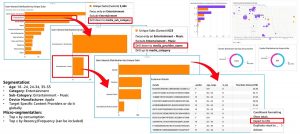
Moreover, with data such as geolocation, developers can conduct a geolocation-based offers campaign to captivate local audiences. User acquisition teams can team up with developers to produce localized content and promotions, leading to higher engagement and monetization potential
Season Passes and Battle Passes – Offering Long-Term Value
Season passes and battle passes offer players extended content and awards after gamers have accomplished an achievement or mission in-game. These rewards act like incentives that push up engagement and support long-term monetization objectives. However, each reward or content offered by season or mission should be consistent or valuable to the player’s in-game development process. For example, in MOBA formats such as Arena of Valor or Wild Rift, if players complete 3 PvP battles, they will receive in-game currency or gems, etc and the mission is daily and everlasting. Therefore, leveraging this monetization model will further improve the game lifespan

AR and VR Integration – Elevating the Gaming Experience
Integrating augmented reality (AR) and virtual reality (VR) elements can enhance the gaming experience, drawing in users and potentially opening up new revenue streams through premium AR/VR content.
NFTs in Gaming – A Lucrative Goldmine
Non-fungible tokens (NFTs) can change in-game assets and ownership, allowing players to have exceptional, tradeable items, and creating new paths for monetization. For example, Axie Infinity developed by Vietnam tech unicorn Sky Mavis is an NFT game with blockchain technology. Axie Infinity has taken the world by storm with its enormous economic value. With the AXS cryptocurrency of this project having a market capitalization of more than 8 billion USD and becoming the most expensive NFT game of all time

Additionally, NFT games are exploding as a new trend and creating a wave in the gaming market today. The game is built and developed on a blockchain technology platform that tokenizes in-game assets, allowing players to collect items in the form of non-fungible tokens (NFTs). In addition to being entertaining, this type of game also allows players to earn (play for money), which can convert in-game items into tradable assets at any time. However, developers should pay attention to hackers, market trend fluctuation, the crypto market, and other external factors that can adversely affect the game’s performance.
4. Choosing the Right Monetization Model for Your Game? Team Up with Gamota Now
The mobile gaming industry proceeds to advance, and developers should adjust their monetization models to meet player demand and market trends. Developers can generate revenue while simultaneously providing players with enjoyable and engaging experiences by utilizing a combination of aforementioned monetization models but don’t forget to strike a balance to avoid user experience. Too many to choose from? With our integrated services and tech-based ecosystem, we will scale up your mobile games in terms of revenue, visibility, installation rate, and game lifespan and help you to monetize it right away
So, what are you waiting for, CONTACT US NOW to get more info and advice


